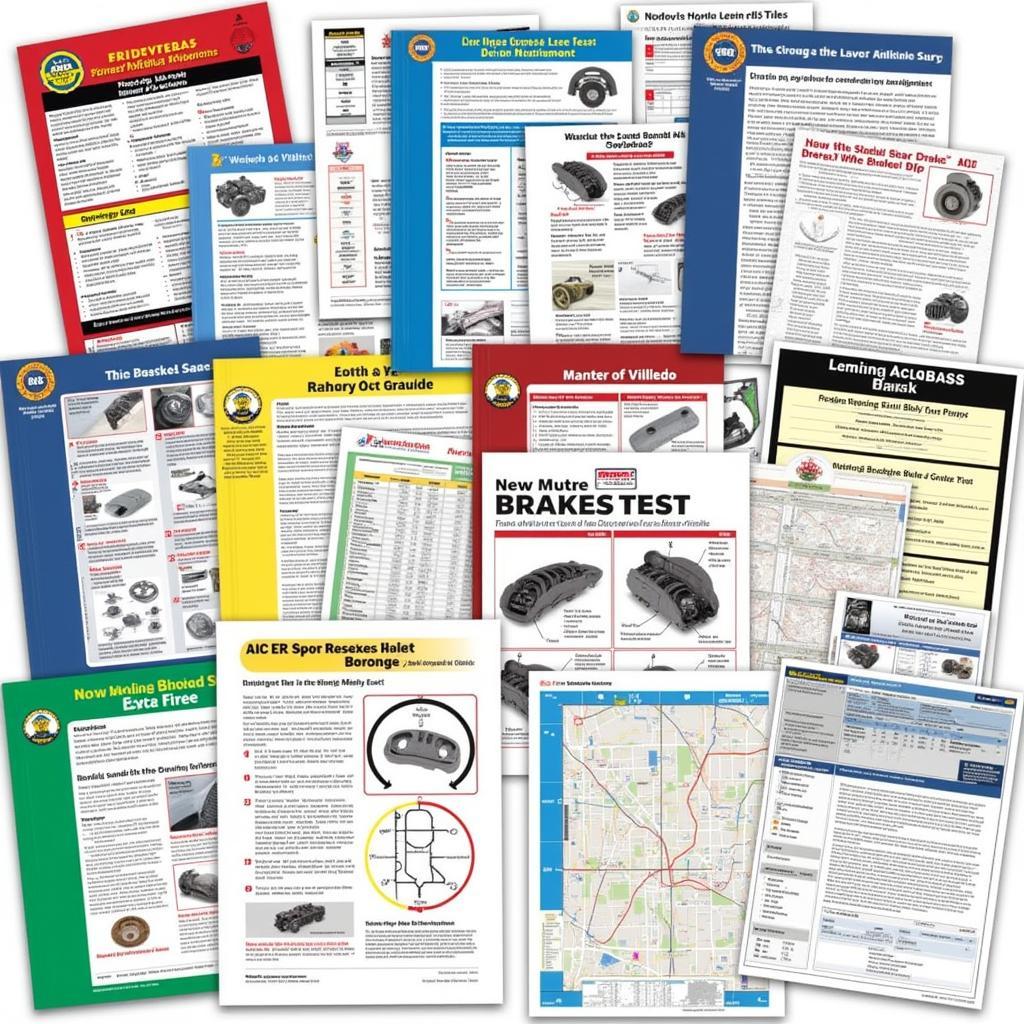The Association of Southeast Asian Nations (ASEAN) is a prominent intergovernmental organization playing a crucial role in the political, economic, and socio-cultural landscape of Southeast Asia. This comprehensive guide dives deep into the ASEAN organization, exploring its history, structure, objectives, and impact on the region and the world. We’ll unravel the complexities of this dynamic organization and provide valuable insights into its significance in the 21st century.
Understanding the ASEAN Organization: Formation and Evolution
ASEAN was established on August 8, 1967, with the signing of the Bangkok Declaration by the five founding members: Indonesia, Malaysia, the Philippines, Singapore, and Thailand. Driven by a shared desire for regional stability and cooperation, these nations laid the groundwork for what would become a vital force in Southeast Asia. Over the decades, ASEAN expanded its membership to include Brunei Darussalam, Vietnam, Laos, Myanmar, and Cambodia, solidifying its position as a truly representative body of the region. Learn more about ASEAN as an intergovernmental organizations. The organization’s evolution has been marked by periods of both challenge and triumph, navigating complex geopolitical dynamics and emerging as a platform for dialogue and collaboration.
The Pillars of the ASEAN Organization: Political, Economic, and Socio-Cultural Cooperation
The ASEAN organization operates on three fundamental pillars: political-security, economic, and socio-cultural cooperation. These pillars represent the core areas of focus for the organization and provide a framework for its diverse activities. The political-security pillar aims to promote peace and stability within the region, while the economic pillar focuses on fostering economic growth and integration. The socio-cultural pillar seeks to enhance people-to-people connections and promote a shared ASEAN identity. These three pillars are interconnected and mutually reinforcing, contributing to the overall development and prosperity of the region. You can find more information about ASEAN as an international organization.
ASEAN’s Economic Community: A Driving Force for Growth
The ASEAN Economic Community (AEC) is a key component of the ASEAN organization’s economic pillar. The AEC envisions a single market and production base, characterized by the free flow of goods, services, investment, skilled labor, and freer flow of capital. This integrated market aims to boost competitiveness, attract foreign investment, and promote inclusive growth within the region. See more details about the ASEAN organization.
Key Challenges and Opportunities for the ASEAN Organization
Like any international organization, ASEAN faces a number of challenges. These include addressing territorial disputes, managing economic disparities among member states, and promoting democratic values and human rights. However, ASEAN also has significant opportunities to further strengthen regional integration, leverage technological advancements, and promote sustainable development. Navigating these challenges and seizing these opportunities will be crucial for ASEAN’s continued success in the 21st century. Learn more about how APEC and ASEAN stand for different things. There are also interesting comparisons to be made between ASEAN and NATO.
Conclusion: ASEAN’s Enduring Relevance
The ASEAN organization has played a pivotal role in shaping the trajectory of Southeast Asia. From its humble beginnings as a five-member organization, ASEAN has grown into a dynamic regional bloc, fostering cooperation, promoting stability, and driving economic growth. While challenges remain, ASEAN’s commitment to dialogue, collaboration, and regional integration ensures its enduring relevance in the evolving global landscape.
FAQ
- What does ASEAN stand for?
- How many members are there in ASEAN?
- What are the main objectives of ASEAN?
- What is the ASEAN Charter?
- How does ASEAN promote economic cooperation?
- What is the role of ASEAN in addressing regional security challenges?
- How can I get involved with ASEAN?
For further support, please contact us at Phone Number: 0369020373, Email: aseanmediadirectory@gmail.com or visit us at Thôn Ngọc Liễn, Hiệp Hòa, Bắc Giang, Việt Nam. We have a 24/7 customer service team.
